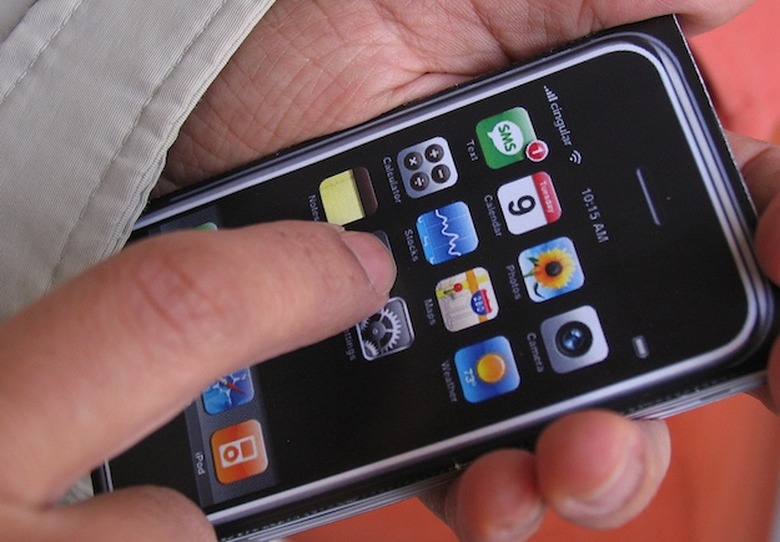Video: The iPhone Revolution Started With Two Horrendous Prototypes
The iPhone turned 10 this week, although the phone was in development more than two years before Steve Jobs felt comfortable enough with the product to actually announce it. A video last week showed us an original iPhone prototype that ran iPod-based software complete with a digital click wheel. Thankfully, that idea was killed during the iPhone's early days of development... but that doesn't mean its alternative at the time looked any better.
Sonny Dickson, the same Apple insider who uncovered that iPod-based iPhone and who's been a constant source of iPhone leaks over the years, shared a new video on YouTube that shows two original iPhone prototypes.
The P1 and P2 came from two Apple teams that were competing for Steve Jobs's attention.
The P1 project was Tony Fadell's, who was the iPod guru inside Apple at the time. Fadell confirmed that Apple considered an iPod-based UI for the original iPhone, but that idea was killed. Scott Forstall, who ended up winning the battle against Fadell and went on to create and develop iPhoneOS and then iOS for many years, lead the P2 project.
These iPhones "are the earliest stage of real prototyping, they hardly ever get out of Apple, and are the hardest devices to find," Dickson explains. "They often make hundreds of small little iterations but rarely have finished materials on them. These iPhones, being P devices, have plastic screens, raw bezels, and unfinished home buttons, and do not usually function as complete finished projects. Think of them as Apple's proofs of concept."
As seen in the video at the end of this post, the P2 isn't a better alternative to the P1, but it's definitely what you'd expect it to be. It's a very early version of the software, and the UI is terrible. However, it's pretty clear that the P2 was based on a different concept, having individual icons the user could interact with.
"The P2 loads octopus whereas the P1 has the iPod classic logo," Dickson writes. "The P2 takes a significantly longer to load because it actually has a real OS, whereas the P1 takes much less time since the OS is slimmer. These P unit prototypes are so early in the development process that they rely on a custom process to be turned off, and can only be powered down during a certain step of the boot process."
Check out the video below to see these original iPhone prototypes in action.
